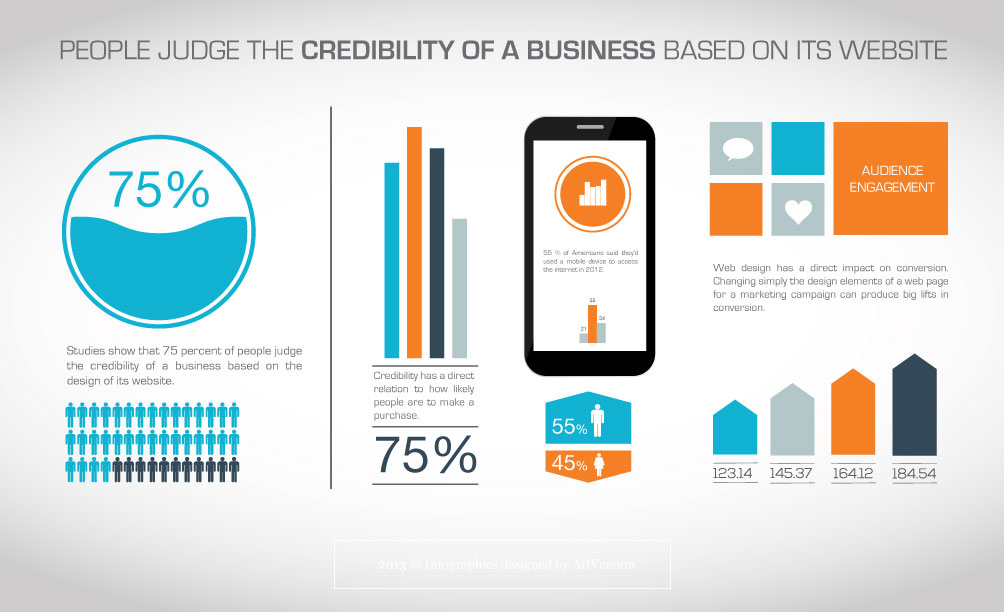Intrigued In Finding Out Just How Site Design Has Changed Throughout The Years? Check Out The Trip
Intrigued In Finding Out Just How Site Design Has Changed Throughout The Years? Check Out The Trip
Blog Article
Team Author-Johnsen Hejlesen
In the past, web sites were easy and focused on information. Navigating was direct, and layout was for desktops. Now, individual experience is vital. Data overviews styles for easy navigating. Responsive formats match various devices. continue reading this , dark mode reduces strain, and minimal menus boost navigation. Interactive features involve individuals, and bold visuals attract attention. AI integration increases involvement. See how style has advanced to boost your online trip.
Early Days of Web Design
In the very early days of web design, simpleness reigned supreme. Websites were basic, with minimal colors, font styles, and designs. The emphasis got on providing information instead of showy visuals. Customers accessed the web through sluggish dial-up connections, so rate and functionality were key.
Navigating food selections were straightforward, normally situated on top or side of the page. Sites were developed for home computer, as mobile surfing had not been yet prevalent. Web content was king, and designers prioritized very easy readability over complicated design aspects.
HTML was the primary coding language made use of, and developers needed to function within its restrictions. Animations and interactive features were minimal contrasted to today's standards. Web sites were fixed, with little vibrant content or personalized user experiences.
Rise of User-Focused Layout
With the evolution of web site layout, a change in the direction of user-focused design concepts has actually come to be progressively prominent. Today, producing websites that focus on individual experience is vital for engaging site visitors and attaining service objectives. User-focused design entails understanding the requirements, choices, and actions of your target audience to customize the website's layout, material, and features as necessary.
Developers now carry out detailed research, such as individual surveys and use screening, to gather understandings and comments directly from customers. This data-driven method aids in creating instinctive navigating, clear calls-to-action, and visually appealing user interfaces that resonate with site visitors. By positioning the individual at the center of the layout procedure, sites can supply a more individualized and delightful experience.
Responsive design has actually also emerged as an essential element of user-focused design, guaranteeing that web sites are optimized for various gadgets and screen sizes. This adaptability boosts accessibility and functionality, catering to the varied ways individuals connect with web sites today. In essence, the rise of user-focused design represents a change in the direction of creating digital experiences that prioritize the requirements and expectations of completion customer.
Modern Trends in Web Design
Check out the latest trends shaping website design today. One famous trend is dark setting design, providing a streamlined and modern-day look while decreasing eye strain in low-light environments. One more crucial trend is minimalist navigation, simplifying food selections and enhancing user experience by focusing on essential elements. Including micro-interactions, such as computer animated switches or scrolling results, can develop a more engaging and interactive website. Responsive layout stays essential, guaranteeing seamless individual experiences across various devices. Additionally, utilizing strong typography and asymmetrical formats can include visual rate of interest and draw attention to specific web content.
Incorporating AI modern technology, like chatbots for consumer support or tailored recommendations, enhances customer interaction and improves processes. Ease of access has likewise become a significant pattern, with developers prioritizing comprehensive layout techniques to cater to varied individual demands. Welcoming sustainability by maximizing website efficiency for speed and effectiveness is one more emerging pattern in web design. Collaborating with customer responses and information analytics to repeat and boost layout continually is crucial for remaining appropriate in the ever-evolving electronic landscape. By embracing these modern fads, you can create an aesthetically attractive, user-friendly site that reverberates with your target market.
Verdict
As you reflect on the development of site layout from the early days to now, you can see just how user-focused style has ended up being the driving force behind modern-day fads.
Accept the trip of adjustment and adjustment in web design, always keeping the user experience at the center.
Tippingpointdigital
Remain present with the most recent patterns and modern technologies, and never ever quit evolving your approach to develop aesthetically stunning and easy to use websites.
Advance, adjust, and develop - the future of web design is in your hands.
